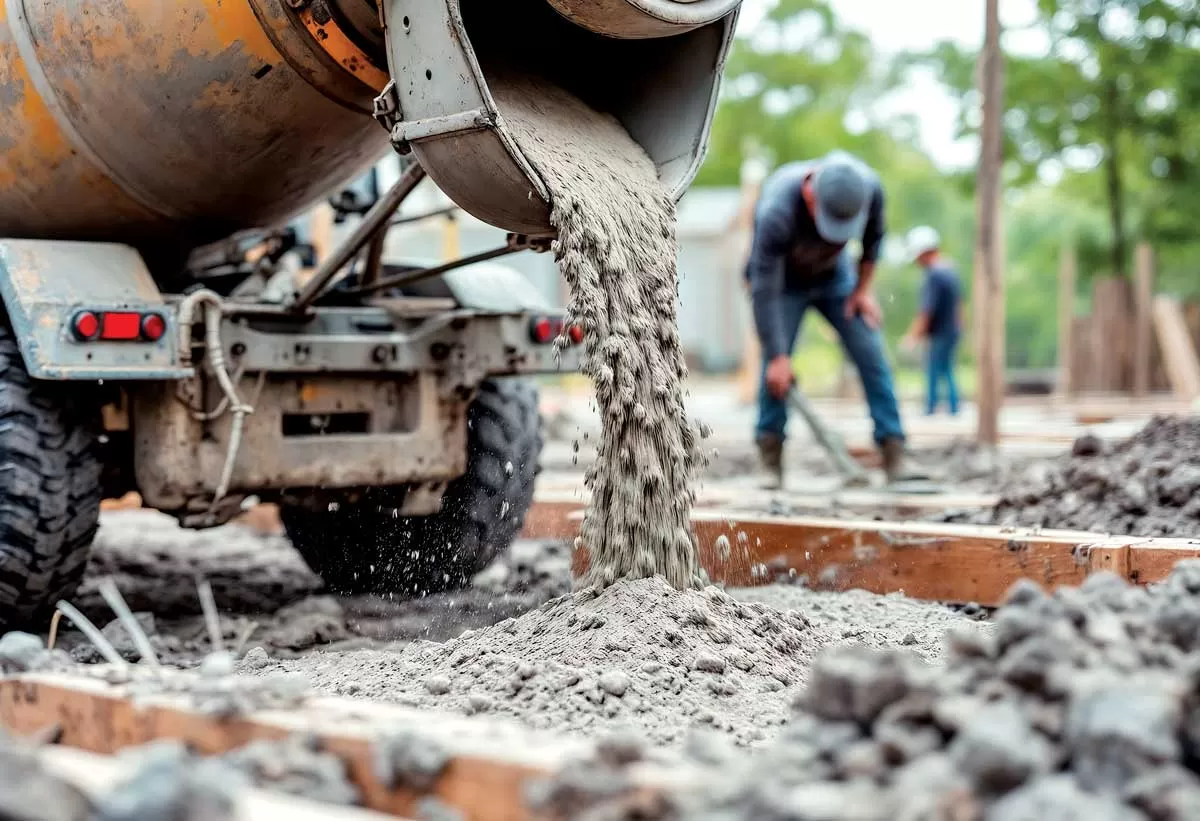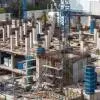- Rob Painter, Vice President, Trimble Buildings
Trimble is a leading provider of advanced location-based solutions that maximise productivity and enhance profitability. With India being an important and strategic market for the company, ¨we have over 700 employees in the country today,¨ says Rob Painter, Vice President, Trimble Buildings. He shares more on the company´s operations and focus in India in conversation with SHRIYAL SETHUMADHAVAN.
With five years of your operations in India, is this a significant moment for you?
For us, a significant milestone in 2016 is the brand transition activity, where the brand Tekla now transitions to Trimble.
And, this transition of the company´s branding is in context with the overall Trimble strategy, which will allow us to bring Tekla closer to the Trimble set of solutions. This will give the customer better access to the Trimble portfolio and solutions. And, Trimble will benefit from everything Tekla has achieved in India over the years.
What´s your key focus in India going to be?
Trimble basically operates in five main businesses. And, I am responsible for one of the five businesses: Trimble Buildings. In the construction space, we have software, hardware positioning solutions and professional services solutions; I look after the entire portfolio of solutions and factors that can take the market on a global basis, India of course being one of those markets.
I am also in charge of Trimble´s partner relationships. One of the strategies is to have open collaboration - we believe this to be important for customers. Also, to adopt technologies, you need solutions that are operable. So I need to ensure that we form partnerships with other players in the industry, so that customers can alternatively benefit from solutions.
Please elaborate on these partnerships. Is there anything specific you are looking at?
Trimble has two JVs with Caterpillar in our heavy civil construction business. In India, we have a JV with Hilti for product development. As far as India is concerned, as we get deeper into the market, there will be more specific solutions for the market and we will take our plans in that direction.
What is your assessment of the Indian requirement?
In terms of opportunity, India is an important and attractive market. The country has a large population and economic reform programmes are taking hold. There is a great job on urbanisation taking place, and managing this urbanisation is a challenge as well as opportunity. And, when we look at what Trimble really offers in terms of solution, it is transformation. Our tagline is ´transforming the way the world works´. And in our Building Business, we believe in transforming the way the world builds, designs, and operates buildings. To me, this is what makes India an important market.
When we speak of transformation, what changes can be expected apart from brand transition?
One would see organisational changes; and other initiatives by us would include exploring the Trimble portfolios that can be introduced in India. With many solutions already in the Indian market, we have other businesses in infrastructure development, horizontal construction, geospatial survey and technologies; so we look for opportunities where we can leverage Trimble overall for the benefit of the market and Indian customers.
One important thing to note here is that for Tekla´s customers, nothing changes with the change we have undergone. We are going to communicate and deliver the same way as earlier. So the change in organisation is the coming of the parent name, but the relationship and process with the customer will remain the same.
What can Trimble offer to smart buildings?
One thing we can do with Tekla software today is design coordination. What makes buildings inefficient to build is clashes during construction between the mechanical, electrical and plumbing runs. With the Tekla BIM model, we can identify such problem areas in advance and designs can be made smarter. Also, I can use the Trimble technology to bring the 3D model on to the field and tell you exactly what needs to be placed where. So smarter designs, smarter construction, smarter coordination, smarter planning - for me, this is part of the definition of a smarter building.
To share your views on this interview, write in at feedback@ConstructionWorld.in


















